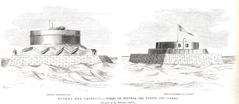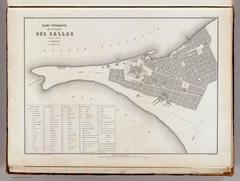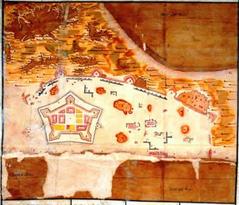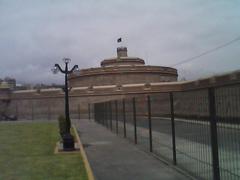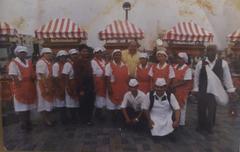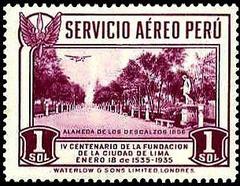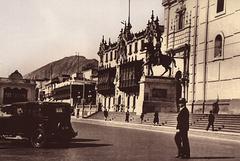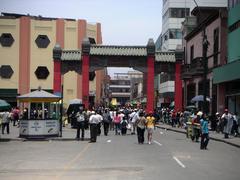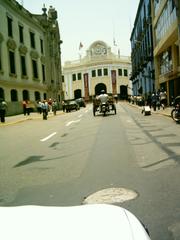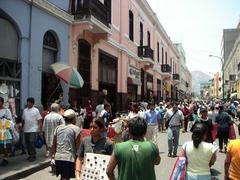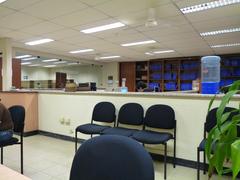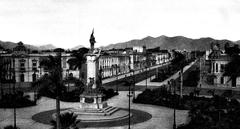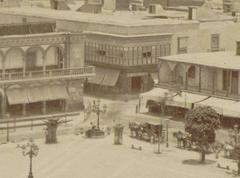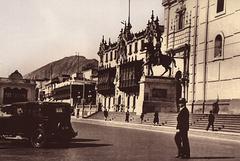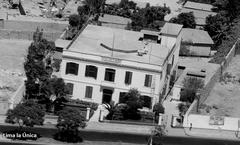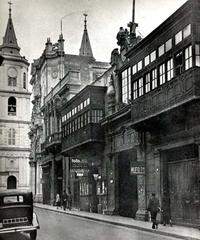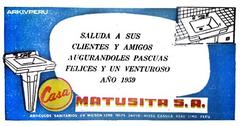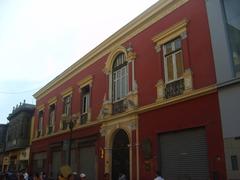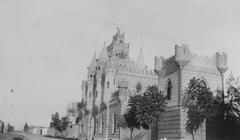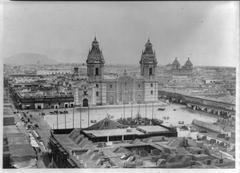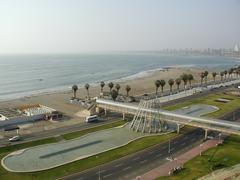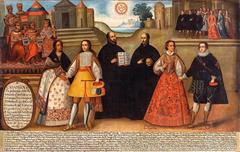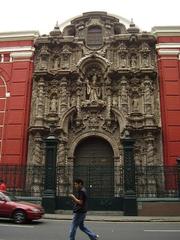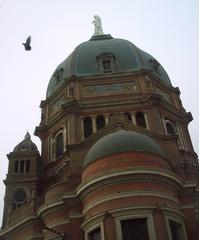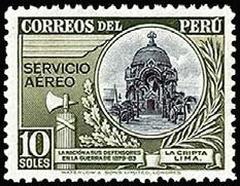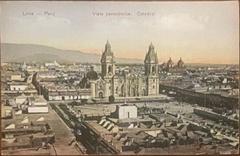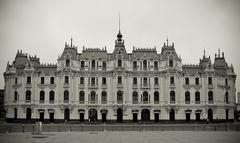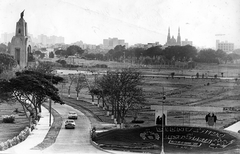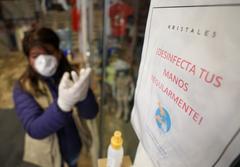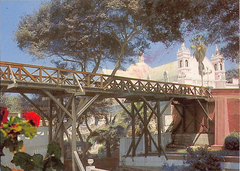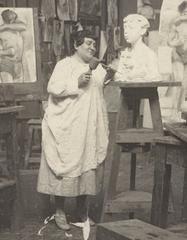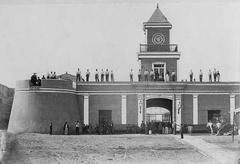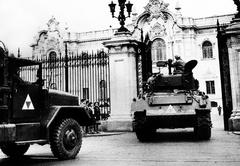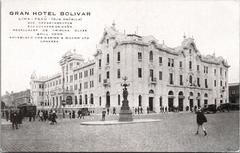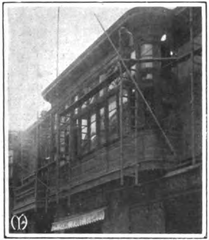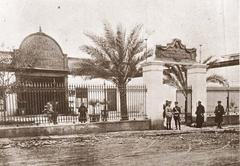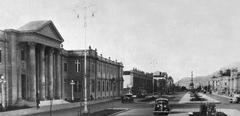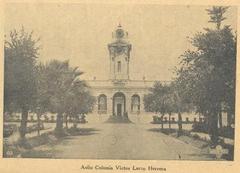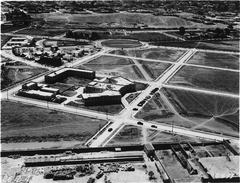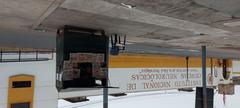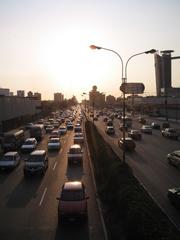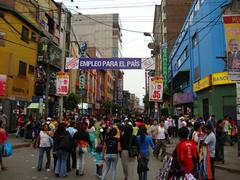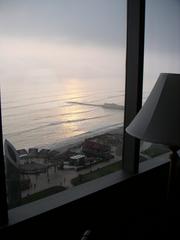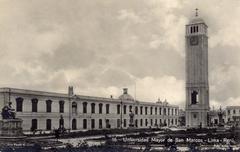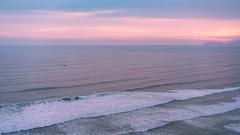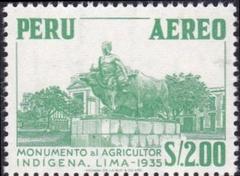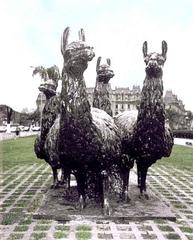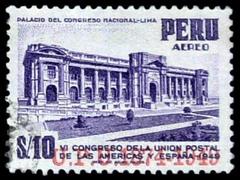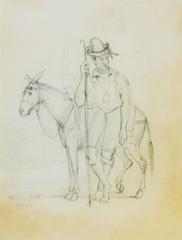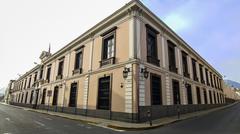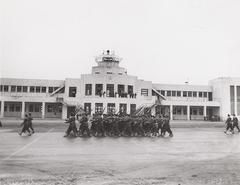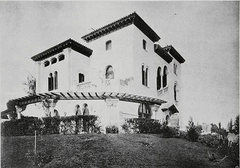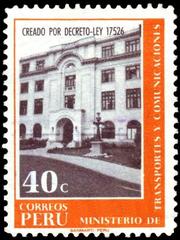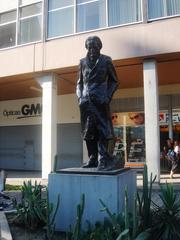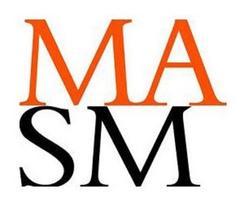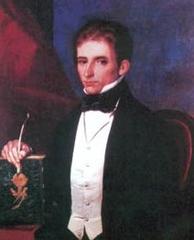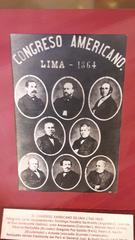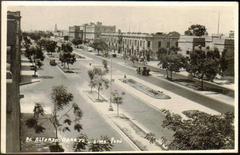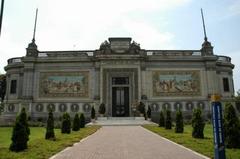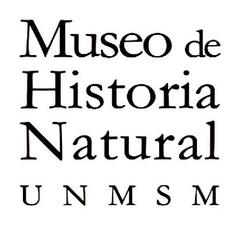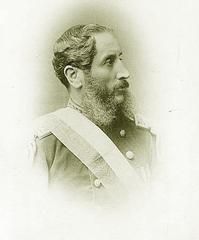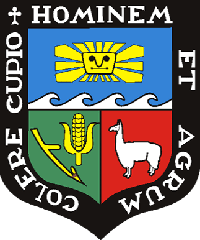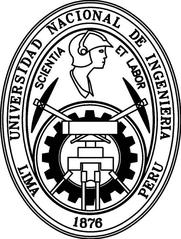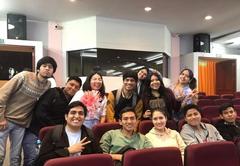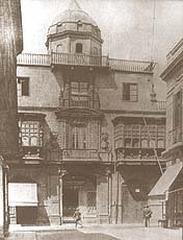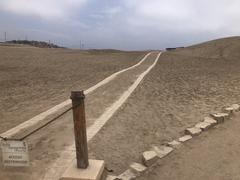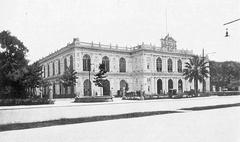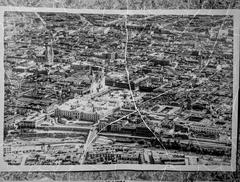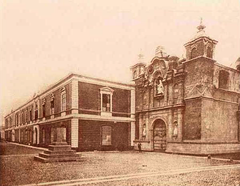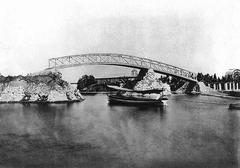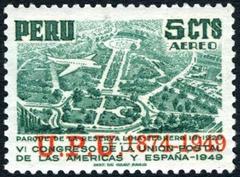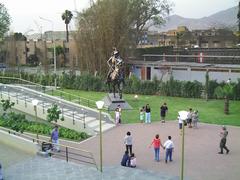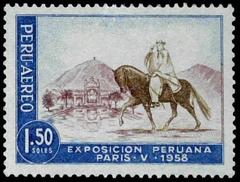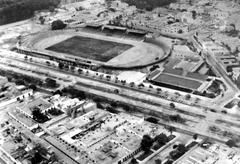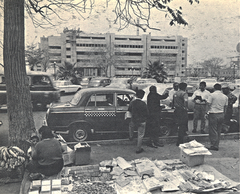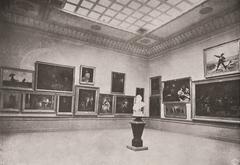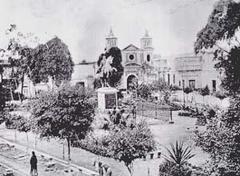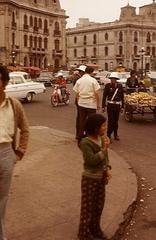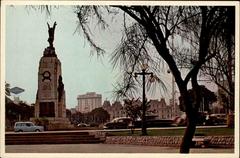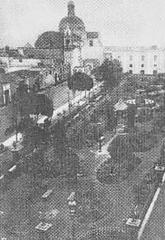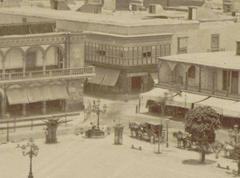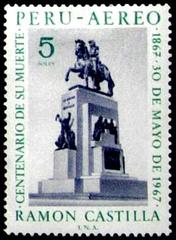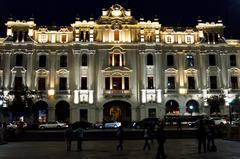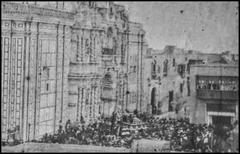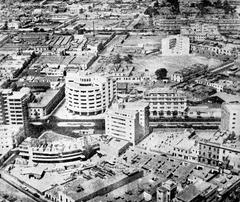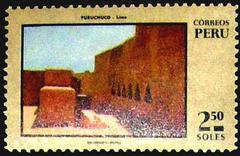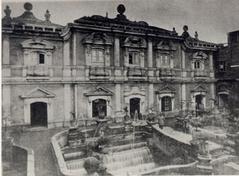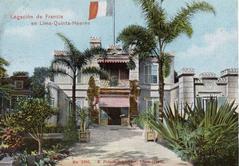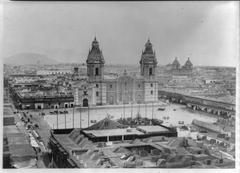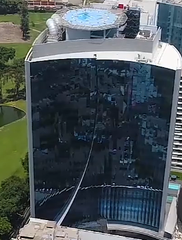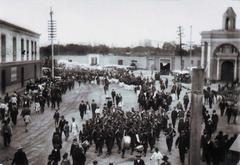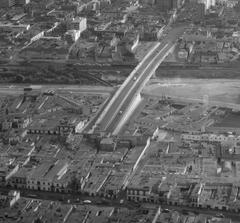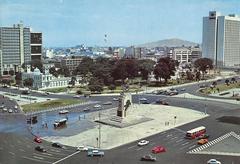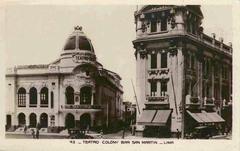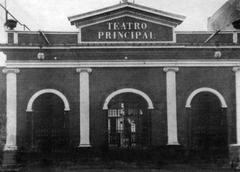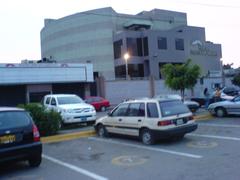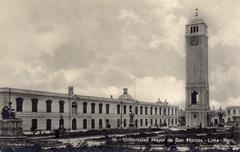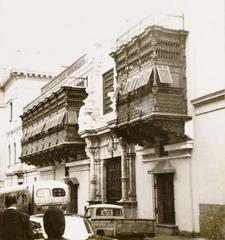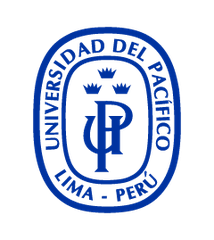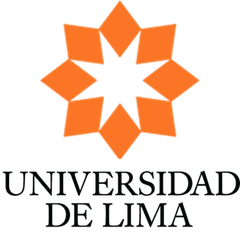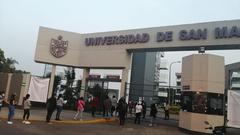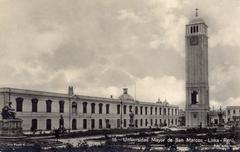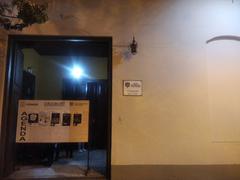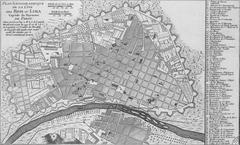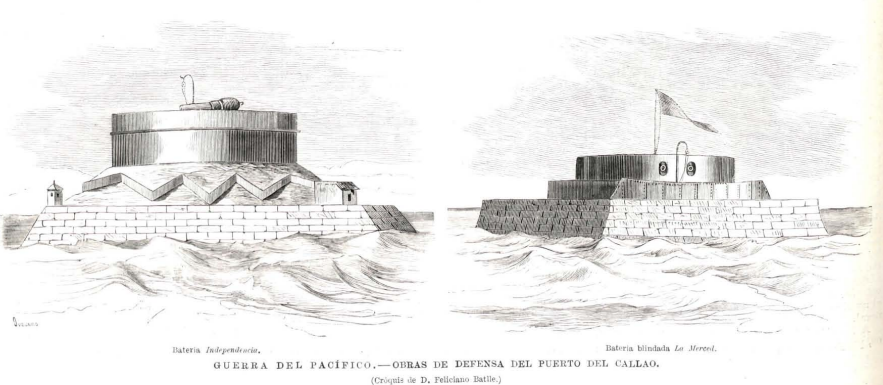
Visiting Fortaleza del Real Felipe: Ticket Information, Visiting Hours, and Historical Significance
Date: 17/07/2024
Introduction
Fortaleza del Real Felipe, situated in the historic port city of Callao, Lima, Peru, stands as a monumental testament to the Spanish colonial era. Constructed in the mid-18th century and named in honor of King Philip V of Spain, this fortress was strategically positioned to defend the crucial harbor of Callao from pirate attacks and potential foreign invasions. This guide aims to provide a comprehensive overview of Fortaleza del Real Felipe, covering its rich history, architectural significance, cultural impact, and essential visitor information. For history enthusiasts and casual travelers alike, a visit to Fortaleza del Real Felipe offers an immersive experience into Peru’s colonial past and its journey towards independence. Whether you are keen on exploring the architectural marvels or understanding the cultural heritage, this guide will equip you with all the necessary information to make the most of your visit (Exploring Fortaleza del Real Felipe - History, Visiting Hours, and Tickets in Callao, Peru).
Table of Contents
- Introduction
- History of Fortaleza del Real Felipe
- Modern Era and Preservation
- Architectural Significance
- Cultural Impact
- Visitor Information
- Nearby Attractions
- Safety Tips
- Refreshments and Facilities
- Educational Programs
- Souvenirs and Memorabilia
- Language Considerations
- Emergency Contacts
- Conclusion
- FAQ
History of Fortaleza del Real Felipe
Origins and Construction
Fortaleza del Real Felipe, located in the port city of Callao, Lima, Peru, stands as a monumental testament to the Spanish colonial era. The fortress was constructed in the mid-18th century, with its foundation laid in 1747 under the orders of Viceroy José Antonio Manso de Velasco. The primary purpose of the fortress was to defend the port of Callao from pirate attacks and potential invasions by foreign powers. The construction was completed in 1774, making it one of the largest and most formidable fortresses built by the Spanish in the Americas.
The fortress was named in honor of King Philip V of Spain, reflecting its significance to the Spanish Crown. The design of the fortress is attributed to French architect Louis Godin, who employed a star-shaped layout, a common design for military fortifications of that era. The structure is composed of thick stone walls, bastions, and a moat, all designed to withstand heavy artillery fire and prolonged sieges.
Role in Colonial Defense
Throughout the late 18th and early 19th centuries, Fortaleza del Real Felipe played a crucial role in the defense of the Spanish Viceroyalty of Peru. The fortress was equipped with numerous cannons and housed a garrison of soldiers ready to repel any attacks. Its strategic location at the entrance of the port of Callao made it a key defensive point against pirate incursions and naval assaults.
One of the most notable events in the fortress’s history occurred in 1866 during the Battle of Callao, part of the Chincha Islands War between Spain and a coalition of South American countries. The fortress successfully withstood a bombardment by the Spanish fleet, demonstrating its formidable defensive capabilities. This event marked one of the last major military engagements involving the fortress.
Independence and Republican Era
The fortress’s role evolved significantly during the Peruvian War of Independence. In 1821, after the declaration of independence by José de San Martín, the fortress became a stronghold for Spanish loyalists. It was one of the last bastions of Spanish resistance in South America, holding out until 1826 when it finally surrendered to the forces of Simón Bolívar. This marked the end of Spanish colonial rule in Peru and the beginning of the Republican era.
During the early years of the Republic of Peru, Fortaleza del Real Felipe continued to serve as a military installation. It was used as a prison for political dissidents and a base for military operations. The fortress also played a role in the War of the Pacific (1879-1884), where it served as a defensive position against Chilean forces.
Modern Era and Preservation
In the 20th century, the fortress’s military significance diminished, and it was eventually decommissioned as an active military installation. Recognizing its historical and cultural value, the Peruvian government declared Fortaleza del Real Felipe a National Historic Monument in 1945. Efforts were made to preserve and restore the fortress, ensuring its survival for future generations.
Today, Fortaleza del Real Felipe is managed by the Peruvian Army and operates as a museum. It houses a collection of military artifacts, including weapons, uniforms, and historical documents. The museum offers guided tours that provide visitors with insights into the fortress’s history and its role in Peru’s colonial and republican periods.
Architectural Significance
The architectural design of Fortaleza del Real Felipe is a prime example of 18th-century military engineering. The star-shaped layout, with its bastions and thick walls, reflects the influence of European fortification techniques. The fortress covers an area of approximately 70,000 square meters, making it one of the largest fortresses in South America.
The main components of the fortress include the King’s Tower (Torreón del Rey) and the Queen’s Tower (Torreón de la Reina), which served as key defensive positions. The King’s Tower, in particular, is notable for its height and strategic location, providing a commanding view of the surrounding area. The fortress also features a series of underground tunnels and storage rooms, which were used to store ammunition and supplies.
Cultural Impact
Fortaleza del Real Felipe holds a significant place in Peruvian cultural heritage. It symbolizes the country’s colonial past and its struggle for independence. The fortress is a popular tourist attraction, drawing visitors from around the world who are interested in Peru’s history and architecture.
The site is also used for cultural events and reenactments, bringing history to life for visitors. These events often include demonstrations of colonial-era military drills, providing a glimpse into the daily life of soldiers stationed at the fortress.
Visitor Information
Ticket Prices
Visitors can purchase tickets at the entrance or online. Prices are as follows:
- Adults: $10
- Students: $5
- Children (under 12): Free
Opening Hours
The fortress is open to visitors from Tuesday to Sunday, 9:00 AM to 5:00 PM. It is closed on Mondays and public holidays.
Guided Tours
Guided tours are available in multiple languages, including English and Spanish. These tours provide in-depth insights into the fortress’s history, architecture, and cultural significance. Tour schedules are available on the official website.
What to Wear
Given the fort’s coastal location, it is advisable to wear comfortable clothing and sturdy walking shoes. The weather can be quite warm, so light, breathable fabrics are recommended. Don’t forget to bring a hat, sunglasses, and sunscreen to protect yourself from the sun. A light jacket or sweater might be useful in the cooler months or for early morning visits.
Photography
Photography is generally allowed within Fortaleza del Real Felipe, but it is always best to confirm any restrictions upon arrival. The fort offers numerous picturesque spots, including panoramic views of the Pacific Ocean and the historic architecture of the fort itself. For those interested in photography, bringing a camera with a good zoom lens can help capture the intricate details of the fort’s design.
Accessibility
Fortaleza del Real Felipe is committed to accessibility. The site has ramps and pathways suitable for visitors with disabilities. Wheelchairs are available upon request at the entrance.
Nearby Attractions
While visiting Fortaleza del Real Felipe, consider exploring other nearby historical sites in Callao, such as:
- La Punta: A picturesque neighborhood known for its beaches and seafood restaurants.
- Real Felipe Museum: Offers additional exhibits on the military history of Peru.
- Callao Monumental: An area filled with street art, galleries, and cultural spaces.
Safety Tips
While the area around Fortaleza del Real Felipe is generally safe for tourists, it is always wise to take standard precautions. Keep an eye on your belongings, avoid displaying valuable items, and stay aware of your surroundings. It is also recommended to use reputable transportation services, such as registered taxis or ride-sharing apps, especially when traveling to and from the fort.
Refreshments and Facilities
There are basic facilities available at Fortaleza del Real Felipe, including restrooms and a small gift shop. However, dining options within the fort are limited. It is a good idea to bring water and snacks, especially if you plan to spend several hours exploring. Alternatively, there are numerous cafes and restaurants in the nearby Callao district where you can enjoy a meal before or after your visit.
Educational Programs
Fortaleza del Real Felipe offers various educational programs and workshops, particularly for school groups and history enthusiasts. These programs provide a deeper understanding of the fort’s historical context and its significance in Peru’s colonial and post-colonial history. Check the fort’s official website or contact their administration for information on upcoming events and educational opportunities.
Souvenirs and Memorabilia
The gift shop at Fortaleza del Real Felipe offers a range of souvenirs, including books, postcards, and replicas of historical artifacts. Purchasing items from the gift shop is a great way to support the maintenance and preservation of this important historical site. Additionally, local artisans often sell handmade crafts and artwork in the surrounding area, providing unique mementos of your visit.
Language Considerations
While Spanish is the primary language spoken in Peru, many of the staff at Fortaleza del Real Felipe are accustomed to assisting English-speaking tourists. Guided tours in English are available, and informational signs are often bilingual. However, learning a few basic Spanish phrases can enhance your experience and help you navigate more easily.
Emergency Contacts
In case of emergencies, it is important to have local contact information readily available. The general emergency number in Peru is 105 for police assistance. Additionally, the nearest hospital to Fortaleza del Real Felipe is the Hospital Nacional Daniel Alcides Carrión, located approximately 10 minutes away by car. It is advisable to carry a copy of your identification and travel insurance details at all times.
Conclusion
Fortaleza del Real Felipe is more than just an architectural marvel; it is a symbol of Peru’s colonial history and its arduous journey towards independence. With its well-preserved structures and rich historical context, the fortress offers visitors a unique opportunity to step back in time and witness the resilience and determination of the Peruvian people. The fort’s transformation into a museum and cultural center ensures that its legacy continues to educate and inspire future generations. By visiting Fortaleza del Real Felipe, you not only explore a significant historical site but also contribute to the ongoing preservation of Peru’s cultural heritage. Plan your visit today to immerse yourself in the rich tapestry of Peru’s past and enjoy the vibrant cultural experiences that Fortaleza del Real Felipe and the surrounding Callao district have to offer (Explore Fortaleza del Real Felipe - History, Visiting Hours, and Tickets in Callao, Peru).
FAQ
What are the visiting hours for Fortaleza del Real Felipe? The fortress is open from Tuesday to Sunday, 9:00 AM to 5:00 PM, and is closed on Mondays and public holidays.
How much do tickets to Fortaleza del Real Felipe cost?
- Adults: $10
- Students: $5
- Children (under 12): Free
Are guided tours available? Yes, guided tours are available in multiple languages. Check the official website for tour schedules and booking information.
Is Fortaleza del Real Felipe accessible for visitors with disabilities? Yes, the fortress has ramps and pathways suitable for visitors with disabilities, and wheelchairs are available upon request.
